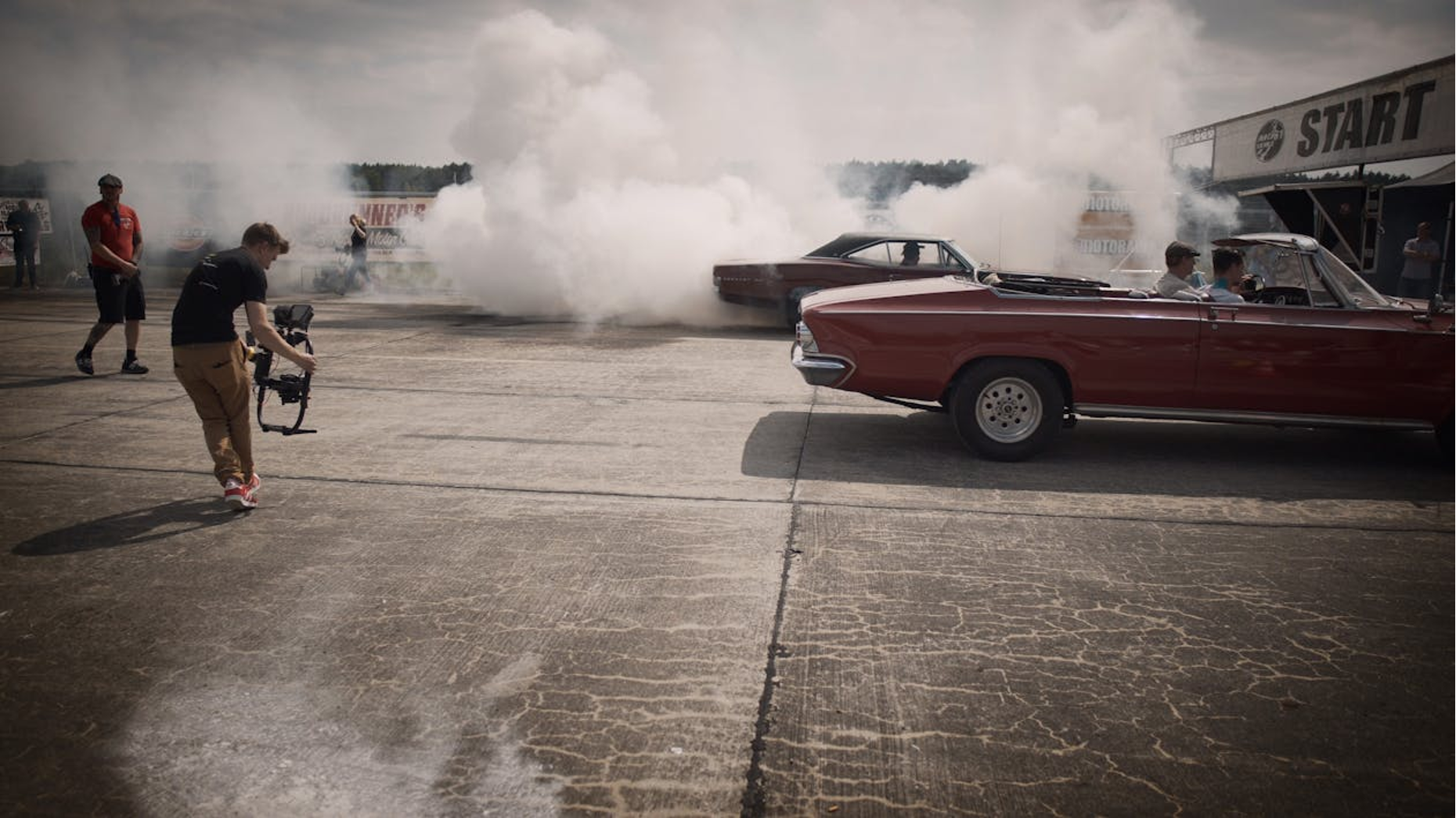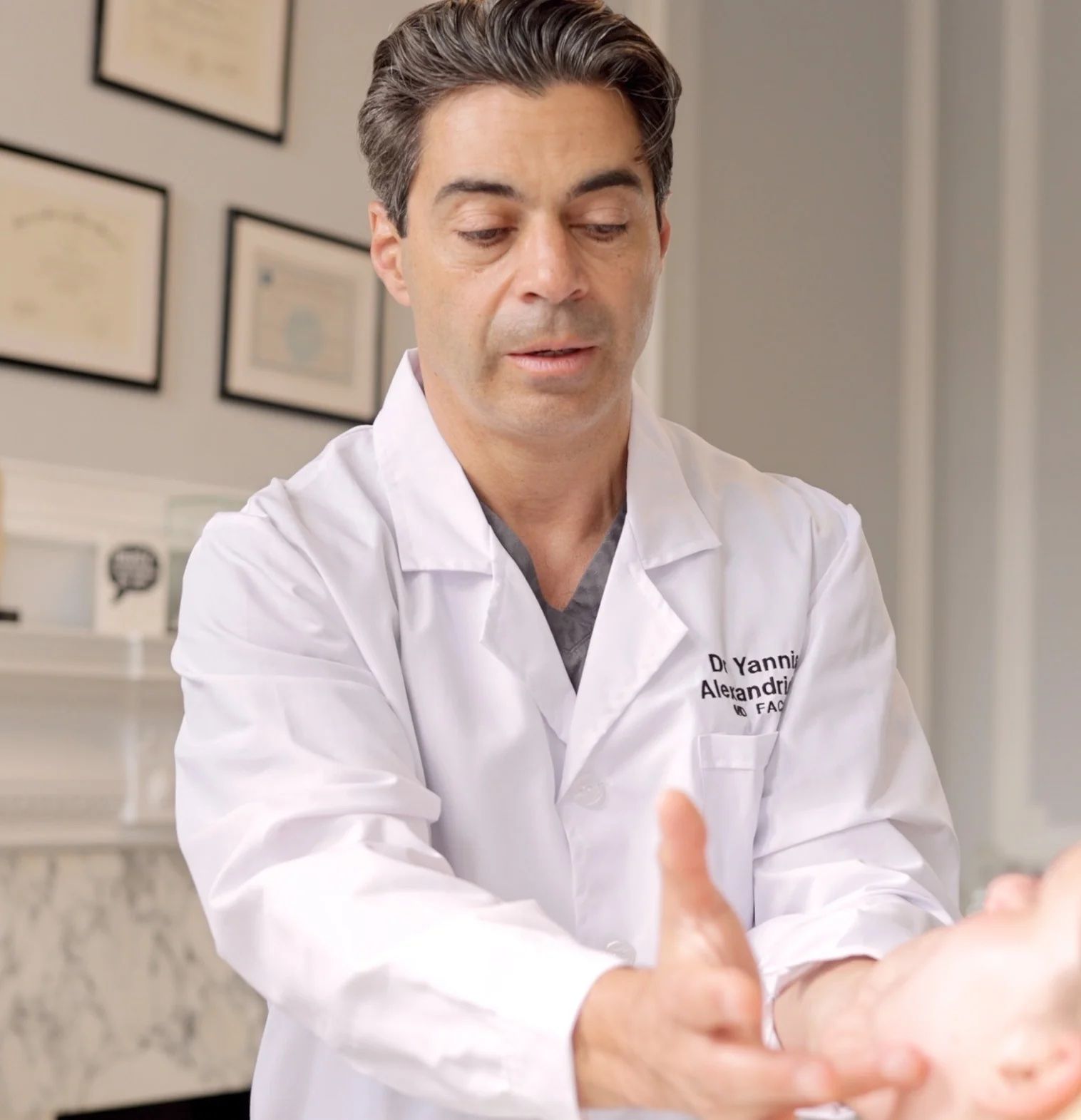
Film sets are highly mobile environments where creativity can blossom; however, they can turn deadly if the cast and crew do not adhere to precautions. With heavy equipment involved, complicated stunts, and long working hours, strict safety measures must be developed to prevent accidents. Here are safety checks the film set must-have for a safer work environment.
Biohazard and Hazardous Material Protocols
Some scenes might require blood effects, chemical props, or biohazardous materials. Proper procedures for handling, disposal, and cleanup must be closely followed. Cleaning can be outsourced to experts who can handle cleaning needs on set, such as blood spill cleanup and biohazard waste. Any crew member handling such materials should follow proper training protocols and may be required to wear protective equipment. The production teams should have a spill response kit and a written protocol to decontaminate the set after use.
Comprehensive Risk Assessment
Before shooting begins, a thorough risk evaluation is conducted to identify any possible hazards. This includes assessing the site, equipment, planned stunts, and weather factors. The risk assessment should identify dangers as early as possible so that production teams can take appropriate controls to minimize or eliminate the associated risks. Risk assessment reports should be reviewed frequently, especially when changes are evident on the set or within plans for the productions set to happen.
Qualified Safety Personnel
Safety officers or coordinators should be trained persons present on the sets, especially for productions that involve stunts, pyrotechnics, or dangerous locations. They oversee the observance of safety protocol, consultation on dangerous scenes, and safety objections as soon as they occur. Safety personnel must also set up a daily meeting with the crew so that they all know the special dangers that will be present during filming that day.
Equipment Safety Checks
Sets are packed with rigs for lighting, cranes, cameras, and rigging structures, meaning that regular safety checks are required. All kinds of equipment must be checked for defects or damage before they are used. Any equipment that doesn’t work should be replaced immediately to avoid accidents. Certified operators should handle specialized equipment to minimize the risk of accidents. Productions should see to it that protective equipment is available and properly maintained.
Safe Stunt Coordination
Stunts are some of the most dangerous areas of movie-making and must be handled with care. The stunts and scenes must be performed during rehearsals in controlled environments. Stunt work should always have good padding and harness protection. These must all be professionally supervised. Every stunt should be fully risk-analyzed, with multiple plans in case something goes wrong.
Fire and Electrical Safety
Film sets see quite a common utility of lighting and electrical rigs, making fire safety paramount. Extinguishers should always be strategically placed in yards around the set where crew members can easily reach them and should add to the learning of our crew members. All electrical appliances should adhere to set standards of product classes; all cables must be secured to tempers to avoid tripping hazards; generators and high-voltage equipment need electricians approved for work on them. There should be a heightened awareness of electrical overloads and short circuits.
Health and Wellness Considerations
Long work hours on productions can impact actors’ and crew members’ physical, mental, and emotional health. Therefore, adequate rest breaks, hydration, and medical support must be provided within a production. Stress management procedures and mental health resources should be readily available. Health checks should be routinely done on the supporting staff on tiring evidence to ward off ensuring that nobody is overstretched or likely to get exhausted.
Communication Systems
Essential injury and wellness communication must go up; hence, effective protocols for sound luck communication should be well-mapped and rehearsed. Walkie-talkies, headsets, and safety meetings should be used to inform everyone about the different types of commonly encountered risks, sequences, and location-wise chances of an accident or emergency occurring suddenly. An established chain of command must be established to address concerns efficiently. Safety announcements regarding evolving risks should be made before any major scene change or location to keep the crew updated.
Proper Training and Safety Drills
All crew members are to undergo safety training that strictly addresses the needs of the production. Drills, such as fire and emergency evacuation drills, should prepare the team for unexpected events and calm potential panic during a real emergency. Special training for pyrotechnics, water scenes, or hazardous environments ensures everyone knows their role and how to stay safe.
Endnote
Ensuring safety on film sets goes beyond compliance; it’s about saving lives and enabling creativity to develop in an unhindered environment. By implementing these basic safety measures, one can hedge against risks and keep the welfare of everyone involved in check. Safety should always be specific for every production, big or small. Screening remote vices against all accidents that could ruin the production without any training and temporary plans can always help achieve successful and accident-free productions.





